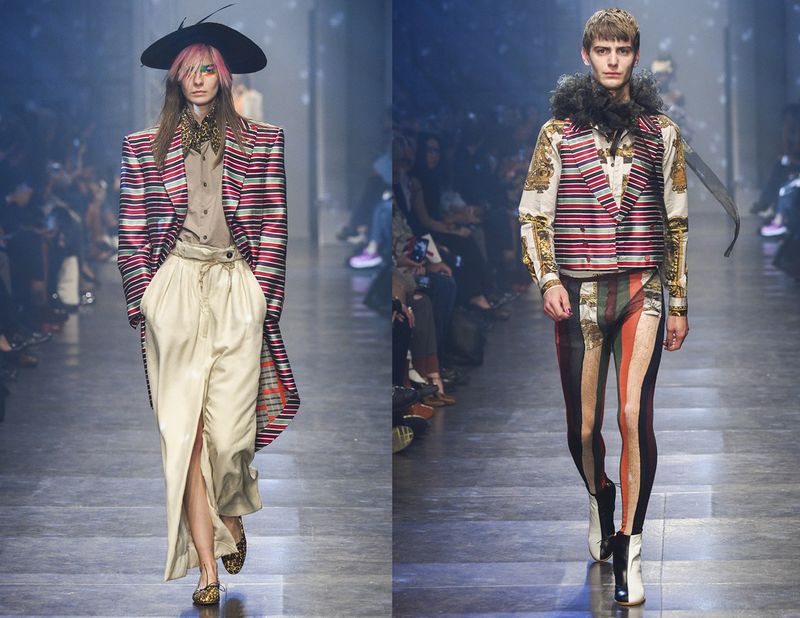
Circular fashion fights climate change
Share
Circular fashion fights climate change
Circular fashion are "clothes, shoes or accessories that are designed, sourced, produced, and provided with the intention to be used and circulate responsibly and effectively in society for as long as possible in their most valuable form, and hereafter return safely to the biosphere when no longer of human use." (1)
By definition, secondhand clothing (vintage or contemporary) is considered to be a central part of the circular fashion economy. It continues to be of use and value to people in spite of its age and, oftentimes, in spite of its condition. The longer it remains in the possession of people, and out of the landfills, the more you reduce its carbon footprint.
When I first opened my shop, I knew fundamentally that vintage and secondhand clothing was cool for the esthetics and style. But little did I understand then that buying used clothing was also a way to protect the planet and its natural resources.
All these years later, learning how hurtful new fashion, particularly fast fashion, is to the earth and people, has changed my relationship to fashion and how I buy clothes. I'm very intentional about buying virtually everything used for myself and family. And I want to share what I've learned so far to hopefully inspire you to do the same.
Here are some important stats about the fashion industry
- the fashion industry is one of the top three polluters in the world
- it is one of the largest consumers of water on the planet, consuming in 2015 alone, enough water to fill 32 million Olympic-size swimming pools!
- fast fashion brands like Zara produce 52 new micro collections PER YEAR.
- the fashion industry is notorious for exploiting garment who are by and large women of color.
- Most work under dangerous conditions without earning a living wage, both in and outside of the United States (yes, clothes that are "Made in the USA" can still be exploitative!).
New fashion's impact on the planet cannot be understated.
Consumers of all ages, but especially young consumers, are building a greater awareness about the highly polluting practices of the fashion industry. Because of this they are also demanding changes in how fashion is manufactured by no longer shopping brands that are known to hurt the environment. And it's working. The industry is taking notice. Some designers and brands have started to make some changes.
- Independent brands only make small batch collections
- 0-inventory retail means that clothing is not produced in bulk in advance and in anticipation of demand. It is produced when actual orders are placed. This means greatly reduced waste.
- 0-waste sewing approaches are being employed to reduce excess textile waste
- Fabrics are being developed from renewable sources like fungi. These fabrics are being made to be made again.
LaliSimone is an advocate of circular fashion. I invite you to take a moment to consider what changes you can make with your wardrobe to join the effort to combat climate change.
For tips and inspiration on how to transition into a No New Clothes lifestyle, check out my blog "No New Fashion 2021".
----------
(1) Photo credit: Vivienne Westwood S/S 2016 "Mirror The World", the collection was about raising awareness about climate change issues, with particular attention to saving Venice (and the rest of the world...) from the threat of rising sea levels.